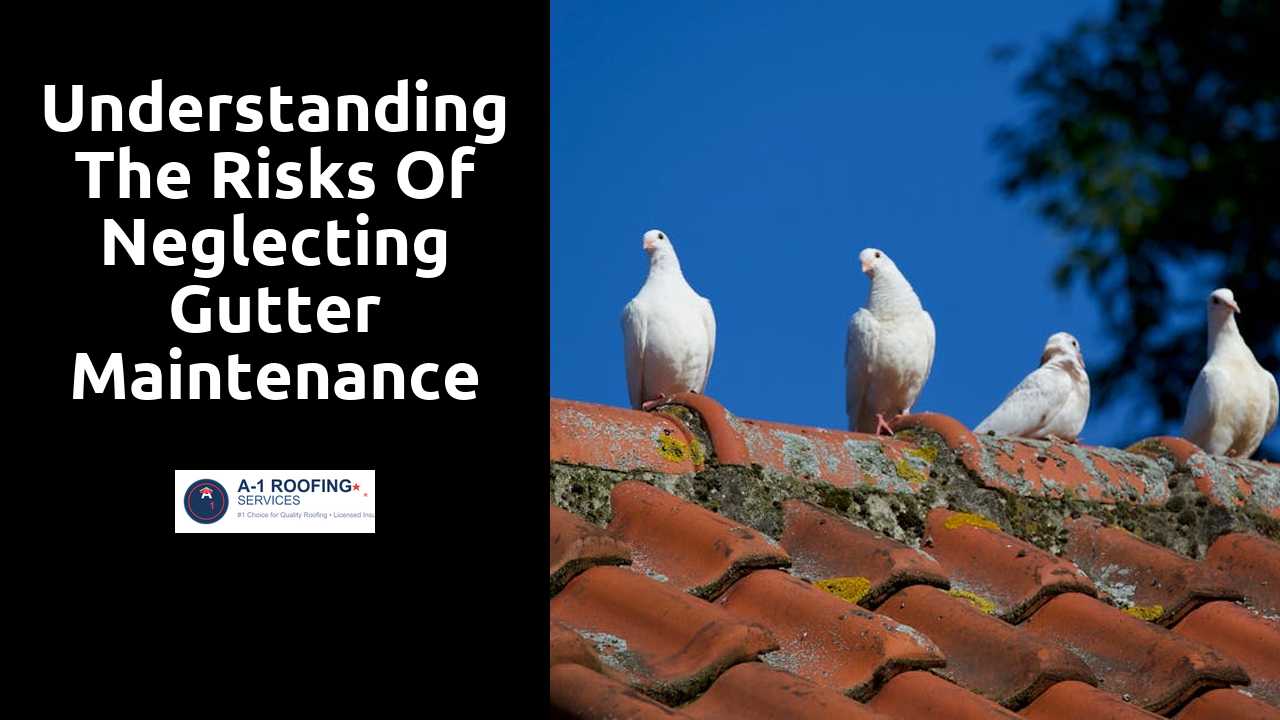
Understanding the Risks of Neglecting Gutter Maintenance
Table Of Contents
Seasonal Gutter Maintenance Tips
Regular maintenance of gutters is crucial to ensure they function effectively throughout the year. In the spring, inspect and clean gutters to remove debris that may have accumulated during the winter months. Look for signs of wear and tear on the gutter system, such as rust, cracks, or loose fasteners. Clearing away leaves, twigs, and dirt helps prevent blockages that could lead to water overflow, which can damage the roof and foundation.
As summer transitions into fall, take proactive measures to prepare for heavy rains and snow. Consider installing gutter guards to reduce the frequency of cleaning and minimize potential clogging from falling leaves. It's also beneficial to check for proper drainage away from the foundation to avoid water pooling. Conducting these seasonal checks not only maintains the integrity of the gutters but also helps to protect the overall structure of the home from water damage.
Navigate to these guys for detailed information.
Preparing for Rainy and Winter Seasons
Heavy rain and snow can lead to significant water damage if gutters are not properly maintained. Clear debris such as leaves and twigs from gutters to ensure smooth water flow. This helps prevent overflowing that can seep into your home’s foundation or walls. Consider checking and securing downspouts to direct water away from the house. This preparation minimizes the risk of leaks and soil erosion around the property.
Proper insulation is essential during winter months to prevent ice dams from forming in gutters. Ice buildup can block water flow, leading to potential structural issues. Inspect for any signs of wear or damage, such as rust or cracks, and address these issues before the cold sets in. Regular maintenance during this season fosters longevity and efficiency in gutter systems while safeguarding your home from costly repairs.
DIY Gutter Maintenance vs. Professional Services
Homeowners often consider tackling gutter maintenance tasks themselves to save on costs. Regular cleaning, checking for leaks, and ensuring proper drainage can be manageable with the right tools and a little guidance. With online tutorials and resources, many find it possible to perform the necessary upkeep. However, this DIY approach can come with risks, particularly if heights are involved or if the system has underlying issues that may not be visible to the untrained eye.
On the other hand, hiring professionals brings expertise and safety to the forefront. Trained technicians can quickly identify problem areas and provide repairs that a homeowner might overlook. This option often includes additional benefits such as warranties and thorough inspections. While it comes at a higher financial cost, the assurance of comprehensive service may outweigh the savings of a do-it-yourself approach.
Weighing the Pros and Cons
Selecting between DIY gutter maintenance and hiring a professional service requires careful consideration of various factors. One advantage of embarking on a do-it-yourself approach lies in the cost savings. Homeowners may find the tools and materials needed are manageable within a reasonable budget. Taking on the project personally can also offer a sense of accomplishment. However, it often demands a significant time investment and physical effort, which might not be feasible for everyone.
On the other hand, engaging a professional service can alleviate the stress associated with gutter maintenance. Experts possess the right tools and experience, ensuring that the job is completed efficiently and effectively. Although the upfront cost is typically higher, the long-term benefits may justify this expense. Professionals can often catch underlying issues, preventing more significant problems down the line. Weighing these factors can help homeowners determine the best course of action for their specific needs.
Gutter Repair and Replacement Options
When homeowners notice leaks or damage, assessing whether to repair or replace gutters becomes essential. Various options exist for repair, including sealing leaks with special adhesives or replacing sections of damaged gutters. Often, a simple patch can extend the life of the system. Regular inspections help identify minor issues before they escalate into significant problems, allowing for timely repairs that can save money in the long run.
If the gutters are consistently clogged or showing signs of sagging, replacement might be more cost-effective. Modern materials offer durability and resilience. Seamless gutters, for instance, reduce the risk of leaks and often require less maintenance than traditional versions. Homeowners should consider factors such as local rainfall patterns and roof design when choosing replacement gutters to ensure they select a system that meets their needs efficiently.
When to Consider New Gutters
Signs of wear and tear can indicate it's time for a replacement. If you notice cracks, rust, or significant rust stains on the exterior, these can compromise functionality. Another red flag may include frequent clogging, which can suggest that your gutters are not effectively directing water away from your home. Water pooling around the foundation often leads to soil erosion and increases the risk of basement flooding.
Homeowners should also consider changing gutters if they have experienced an increase in ice dam formation during winter months. Ice dams can create additional weight on gutter systems, causing sagging or detachment from the house. Additionally, if there have been renovations or changes to landscaping that impact water flow, it may be wise to reassess your gutter system to ensure adequate drainage.
Related Links
Gutter Cleaning Techniques for Two-Story HomesSeasonal Gutter Cleaning: Preparing for Winter